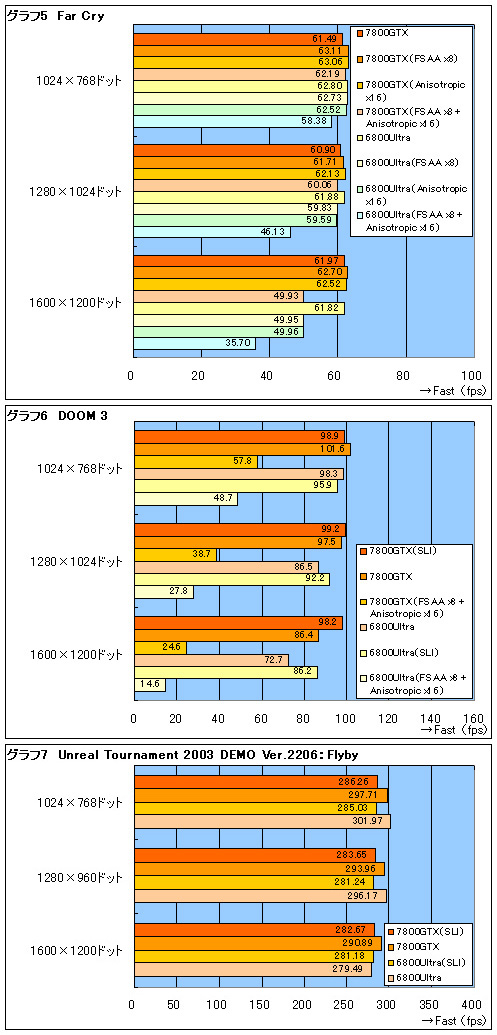About normal compression
" Normal maps can be compressed 2:1 using the V8U8 compression technology, and applications using the 3DC compression format will transparently work on the GeForce 7800 GTX." U8V8 is a signed two-component format that creates slightly larger textures than regular DXTC texture compression, but can be decompressed a bit more quickly. We haven't heard of any games that are using it, and don't know how its quality compares to ATI's 3DC texture compression for normal maps. What we do know is this: The "transparent" support of 3DC does not mean the 7800 GTX can read 3DC textures. If a game uses a compressed normal map in 3DC format, Nvidia's drivers use the CPU to decompress it at load time and recompress it to U8V8 compressed format before loading it into the card's local RAM. "
" Normal maps can be compressed 2:1 using the V8U8 compression technology, and applications using the 3DC compression format will transparently work on the GeForce 7800 GTX." U8V8 is a signed two-component format that creates slightly larger textures than regular DXTC texture compression, but can be decompressed a bit more quickly. We haven't heard of any games that are using it, and don't know how its quality compares to ATI's 3DC texture compression for normal maps. What we do know is this: The "transparent" support of 3DC does not mean the 7800 GTX can read 3DC textures. If a game uses a compressed normal map in 3DC format, Nvidia's drivers use the CPU to decompress it at load time and recompress it to U8V8 compressed format before loading it into the card's local RAM. "


